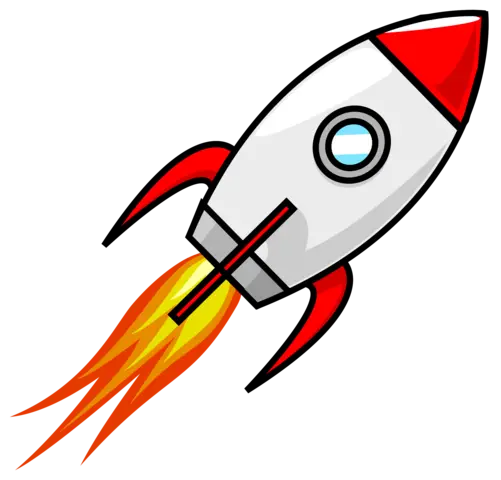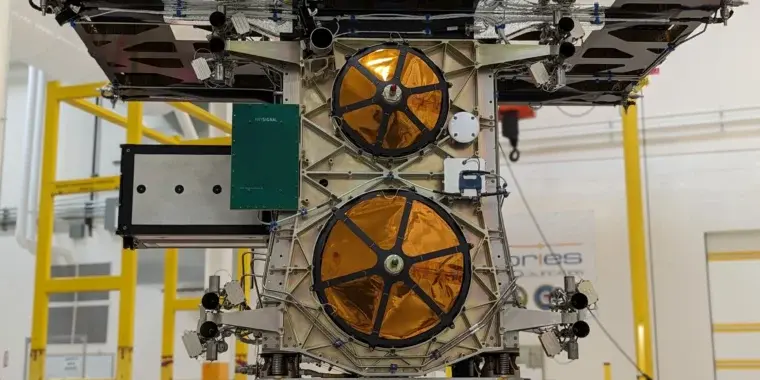Highlights:
SpaceX launched its ninth “Transporter” mission on Saturday from California, carrying dozens of small- and medium-sized satellites into low-Earth orbit.
The upside of these launches for customers is that they can rely on regular, low-cost access to space aboard the reliable Falcon 9 rocket. The downside is that the satellites are all released into a basic orbit, and if they want to reach a different altitude or inclination, they have to bring their own propulsion along for the ride.
This has led to the advent of “last mile” services from various companies offering small add-on spacecraft capable of providing in-space propulsion. One of the most intriguing of these is Impulse Space, a company founded two years ago by rocket scientist Tom Mueller, who was a founding employee at SpaceX before leaving in 2020.
Fully fueled, the Mira spacecraft masses about 650 pounds (300 kg) and is the size of a dishwasher. The vehicle is designed to maximize its delta-V capability, so it is mostly propellant and fuel tanks, and powered by Saiph thrusters that operate at a specific impulse (ISP) of 290. “It’s a pretty whiz-bang little machine,” Mueller said.
“SpaceX opened up access to orbit by lowering the cost of access space, and now we want to open up access to more orbits, and higher energy orbits, and going to other bodies in the inner Solar System,” Mueller said. “We want to make it cheap and easy to get anywhere in the Solar System.”
The company’s Mira vehicle can service low-Earth orbit, and a modified version that is hardened for radiation is planned for geostationary orbit. Impulse Space is also developing a more powerful thruster, Rigel, for a Mars lander and a larger orbiter vehicle. A robotic mission to Mars will fly no earlier than in 2026 on a Terran R rocket built by Relativity Space.


